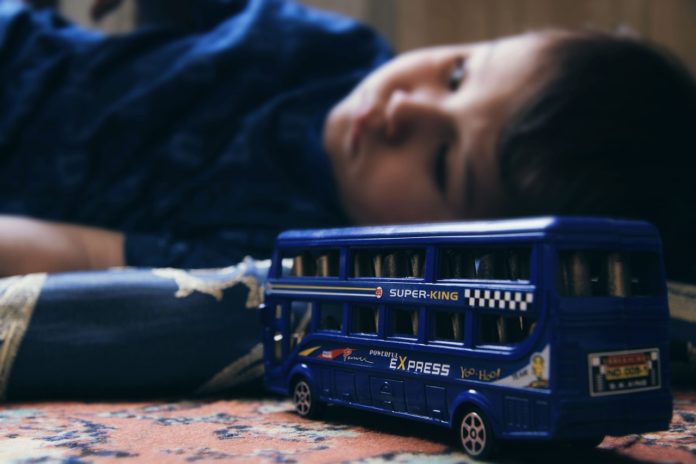Researchers envisage the prevailing belief that psychiatric medications are overprescribed in children and adolescents in the U.S. They compared prescribing rates with prevalent for the most common psychiatric disorders in children and discovered some of those medications may be under prescribed.
Ryan Sultan, MD, a child psychiatrist and researcher at CUIMC, said, “Over the last several years, there has been widespread public and professional concern over reports that psychiatric medications are being overprescribed to children and adolescents in the United States.”
“We were interested in better understanding this concern.”
The group of scientists utilized data from a national prescription database to look after this prevalent concern. They perceived yearly prescriptions of three psychiatric medication classes as stimulants, antidepressants and antipsychotics for 6.3 million children amidst the ages of 3 and 24 years.
Post that they compared prescribing patterns with learnt prevalence rates of attention deficit-hyperactivity disorder (ADHD), anxiety disorders and depression amidst young children (3 to 5 years), older children 6 to 12 years), adolescents (13 to 18 years), and young adults (19 to 24 years).
This is the first ever national study to examine prescription rates for three types of psychiatric medications in youth.
Every year, predicted data says 1 in 8 U.S. teenagers have a depressive episode and roughly 1 in 12 children has symptoms of ADHD. During this year study for less than 1 in 30 teenagers acquired a prescription for antidepressants and mere 1 in 20 acquired prescriptions for stimulants.
Dr Sultan stated, “Our results show that, at a population level, prescriptions of stimulants and antidepressant medications for children and adolescents do not appear to be prescribed at rates higher than the known rates for psychiatric conditions they are designed to treat.”
“These findings are inconsistent with the perception that children and adolescents are being overprescribed.”
In addition to this, they specified prescriptions as children in the youngest group accounted for the smallest number (0.8 percent) of prescriptions for any psychiatric medication and adolescents accounted for the highest number (7.7 percent).
Numerous prescriptions for stimulants were highest in older children (4.6 percent), with males accounting for more of these prescriptions than females. Antidepressant prescriptions increased with age and were highest for young adults (4.8 percent), particularly for females. Antipsychotic prescriptions peaked during adolescence (1.2 percent) and were prescribed slightly more often for males in this age group.
Mark Olfson, MD, professor of psychiatry at CUIMC said, “The study also showed that, among young people in the United States, the patterns of prescriptions for antidepressants and stimulants are broadly consistent with the typical ages associated with the onsets of common mental disorders.”
“However, the situation with antipsychotic medications is less clear-cut. Given the clinical uncertainty over their appropriate indications, it is unclear whether their annual use rates, which ranged from 0.1 percent in younger children to 1 percent in adolescents, are above or below the rates of the psychiatric disorders they aim to treat.”
Dr Sultan specified, “These results provide some reassurance to those who are concerned about the overprescribing of psychiatric medications to children and teenagers.”
“Improving access to child psychiatrists through consultation services and collaborative care models may help address potential undertreatment while also reducing the risk of prescribing medications before other treatments have been tried. Acknowledging that prescription patterns may have changed since the data was collected, it is important to continue to assess the pattern and distribution of psychiatric medications to children and adolescents in the U.S.”
